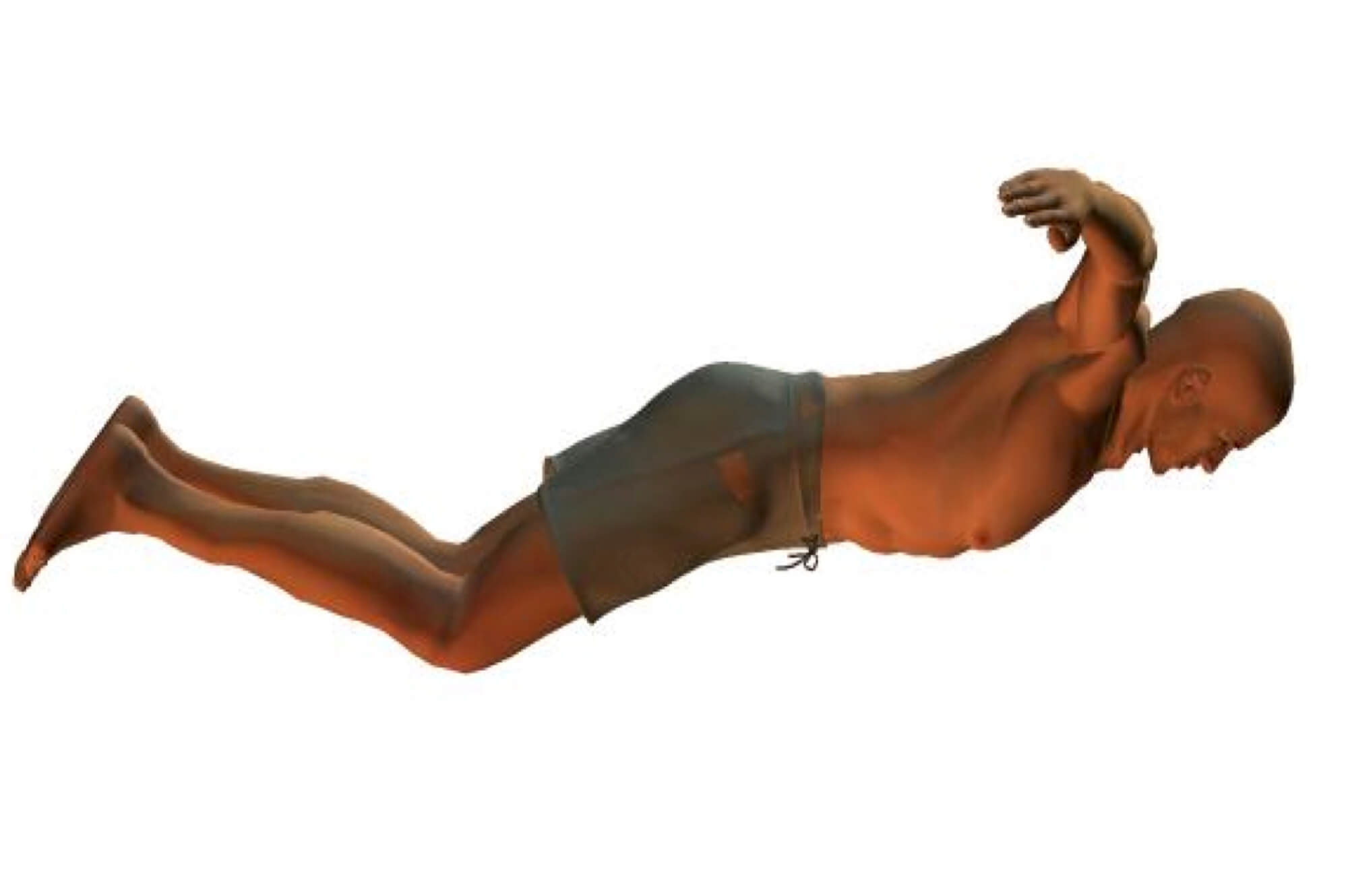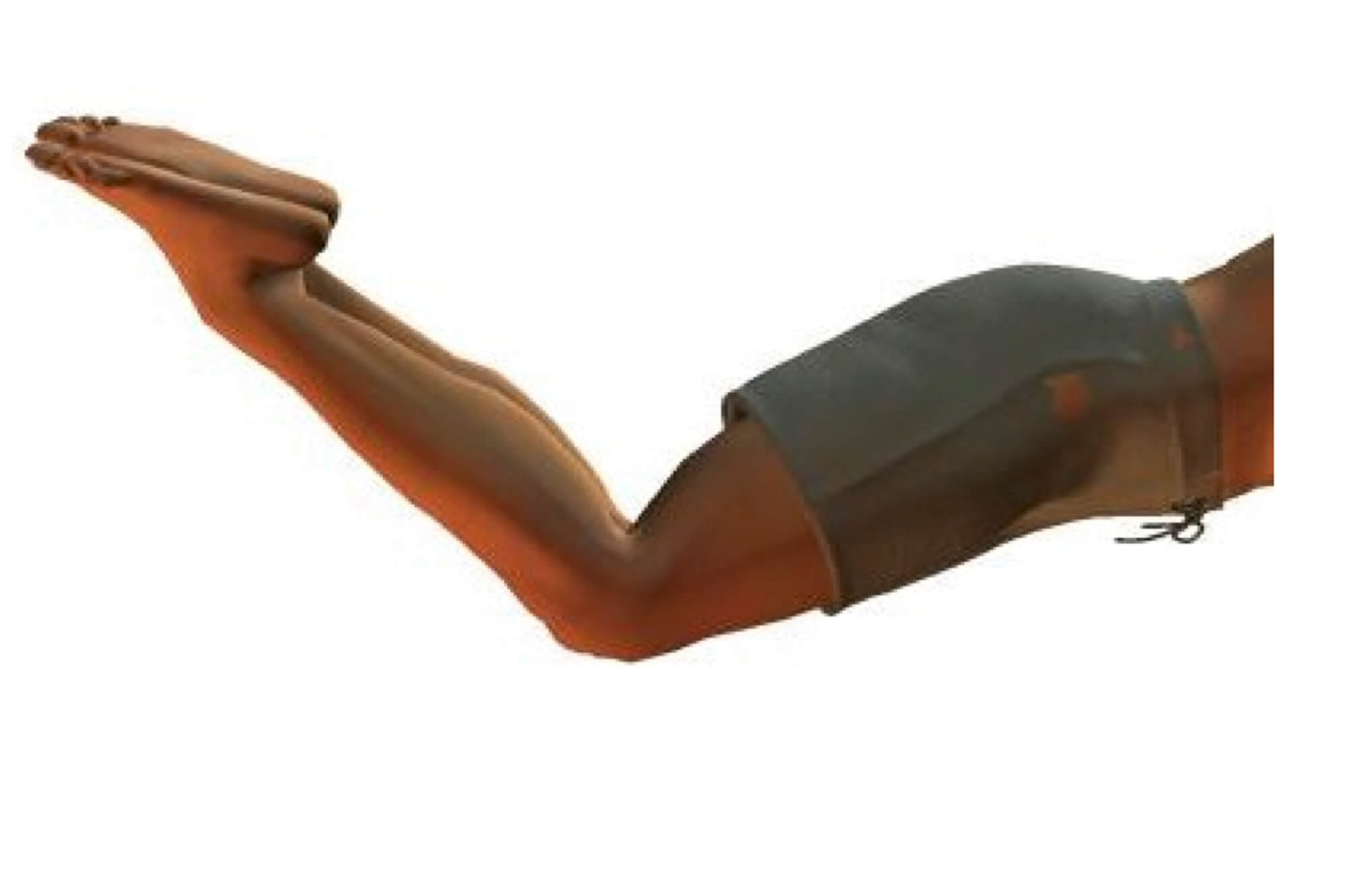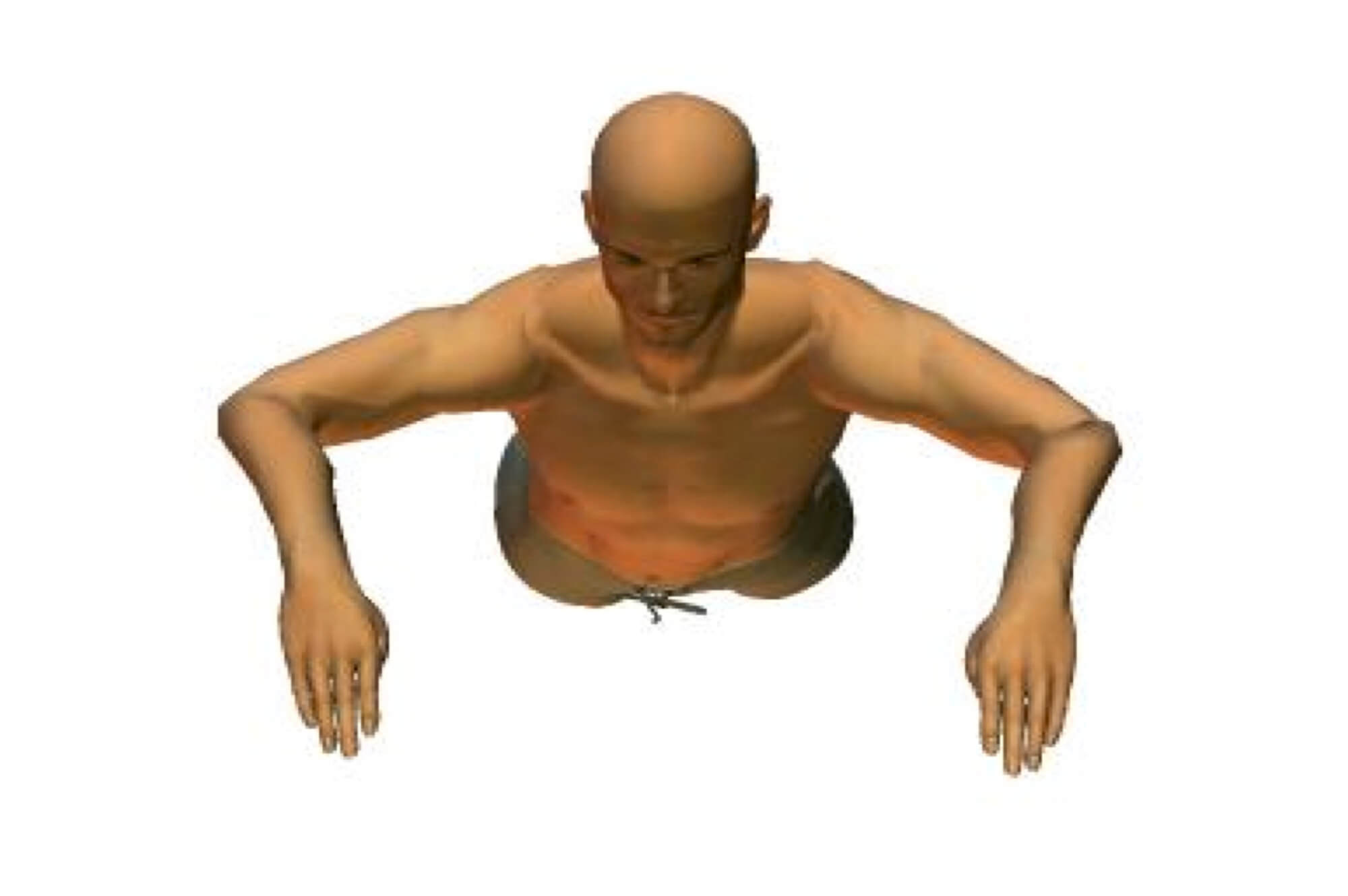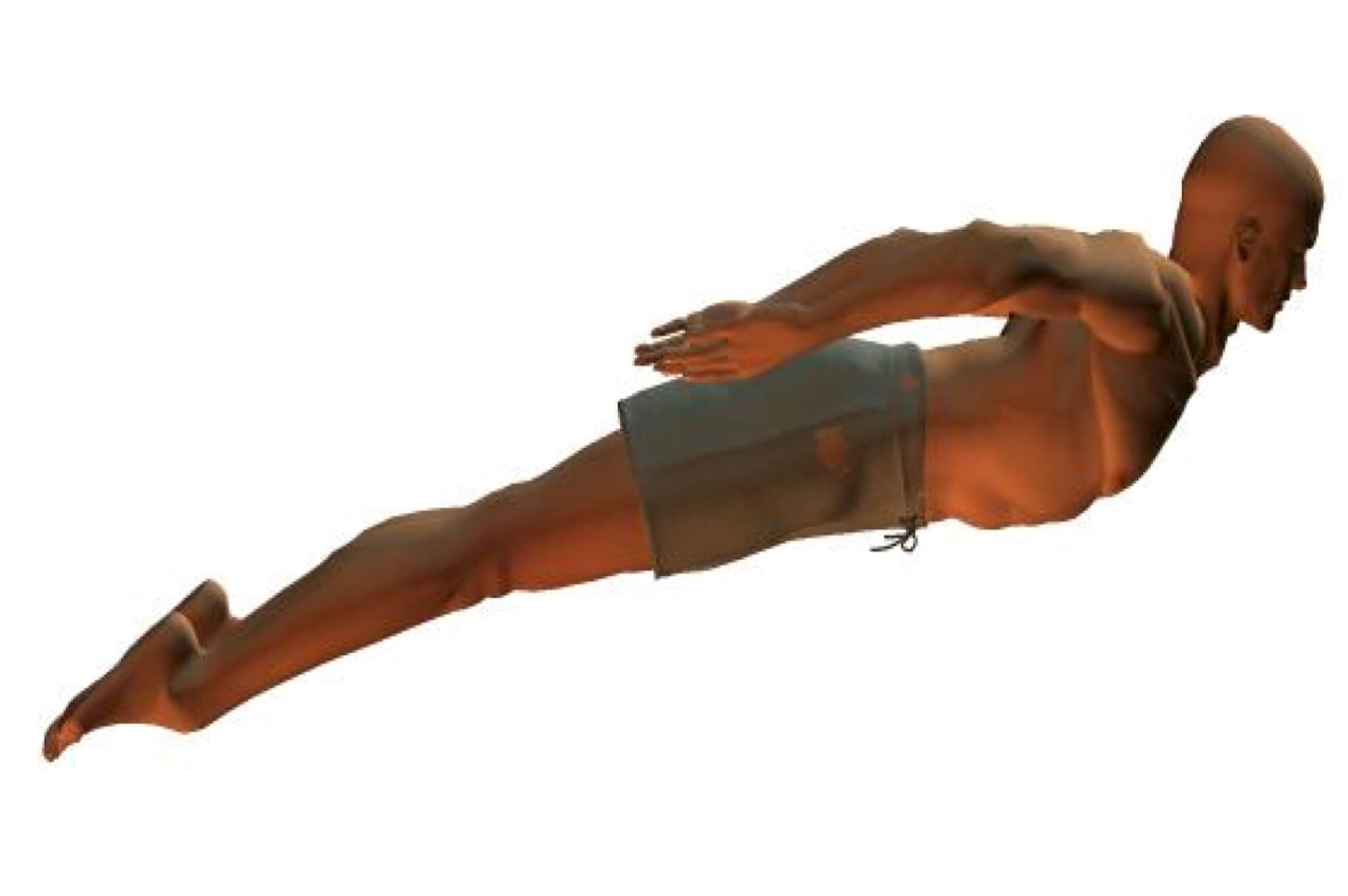- Swim Teach Home
- butterfly stroke
- Butterfly Breathing Technique
Mastering Butterfly Breathing Technique
Butterfly breathing technique shouldn't be the hardest part of swimming butterfly stroke - but for many, it is. And in the classroom, calming an anxious child can be as tricky as teaching stroke rhythm. Thankfully, there's a "butterfly breath" for both worlds
FREE EBOOK: all of the technique tips here can be found in my 'Butterfly Stroke Technique' book, along with a couple of bonus drills to help you perfect some essential parts of the stroke.
Don't miss out! Click here to grab a FREE copy of my book.
What Is the Butterfly Breathing Technique?
In swimming, the butterfly stroke demands a specific breathing rhythm: fast, efficient, and timed perfectly within the stroke cycle. The breath happens during the recovery phase - when the arms swing forward over the water.
🔍 “Inhale as the arms finish the pull and lift over the water. Exhale underwater — don’t hold your breath!”
The key is balance. If the breath disrupts body position, it throws off timing, wastes energy, and slows you down. Mastering the timing makes the stroke smoother - and actually makes swimming easier.
The full stroke is detailed, along with 20 separate drills to help master each part of butterfly, in my popular book 'How To Swim Butterfly'. Get it here!
Butterfly Breathing Video Demonstration
How often should you breathe when using the butterfly breathing technique?
Here are three common breathing patterns used in butterfly:
- Every Stroke – Beginners often use this. It provides more air but can disrupt rhythm.
- Every Other Stroke – Popular with experienced swimmers. It keeps the rhythm symmetrical.
- Every Third Stroke – Used in drills or conditioning. Builds breath control.
🏊♂️ Pro Tip: For most swimmers, every second stroke offers the best balance of oxygen and rhythm.
Breathing can take place every stroke or every other stroke. A breath every stroke requires the head to be lifted with each arm pull cycle.
A breath every other stroke means the head is lifted once during an arm cycle and remains face down for the next arm pull cycle.
Breathing every other stroke can, in some cases, allow the swimmer to exhale underwater, therefore making inhalation when the face is up much more manageable.
Step-by-Step: How to Breathe in Butterfly
Inhalation occurs as the arms complete their upsweep and begin to recover as the body starts to rise.
The head is lifted enough for the mouth to clear the water, and the chin should be pushed forward but remain at the water surface. Some exhalation underwater takes place during this phase.
The head is lowered quickly into the water again as the arms recover in line with the shoulders to resume an overall streamlined position and maintain minimal frontal resistance.
- Start underwater in a streamlined shape.
- Pull with both arms simultaneously. Your chest will rise naturally.
- Lift your chin forward (not up!) as your hands sweep outwards.
- Inhale quickly through your mouth - think “short gasp of air.”
- Head returns down before your arms enter the water again.
- Exhale underwater - fully, before your next breath.
Common Mistakes When Breathing During Butterfly Stroke
- Looking up instead of forward – causes hips to drop.
- Breathing too late – throws off timing.
- Holding your breath – leads to fatigue.
“The goal is to make breathing part of the rhythm — not a pause in the stroke.”
Failure to breathe is the most common mistake made by beginners learning the technique for butterfly breathing.
Because the inhalation and exhalation have to occur very quickly in the short second the face is raised, it is not uncommon to either inhale only or not breathe at all - the result is a pair of highly inflated lungs and a severe lack of oxygen.
Performing the full stroke slowly and taking a breath every other stroke cycle is a way of ensuring that exhalation occurs completely before inhalation takes place.
Click here for some example butterfly drills.
Drills to Improve Butterfly Breathing
- Body Dolphin with Breaths – No arms. Focus on timing your breath with your chest lift.
- Single Arm Butterfly – One arm strokes while the other stays at your side. Breathe every stroke.
- Butterfly with Fins – Helps you feel the rhythm and keep the hips up while practising breath timing.
Get your Breathing in Sync with the rest of your butterfly stroke...
Download these 'How To Swim Butterfly' to your computer, tablet or mobile device and get your butterfly breathing technique absolutely in sync with your arm pulls and leg kicks.
Click below and discover the key technique tips and use them to focus on when and how to breathe when swimming butterfly.
I am a member of the Amazon Associates Program and I will earn a commission from qualifying purchases at no extra cost to you.











